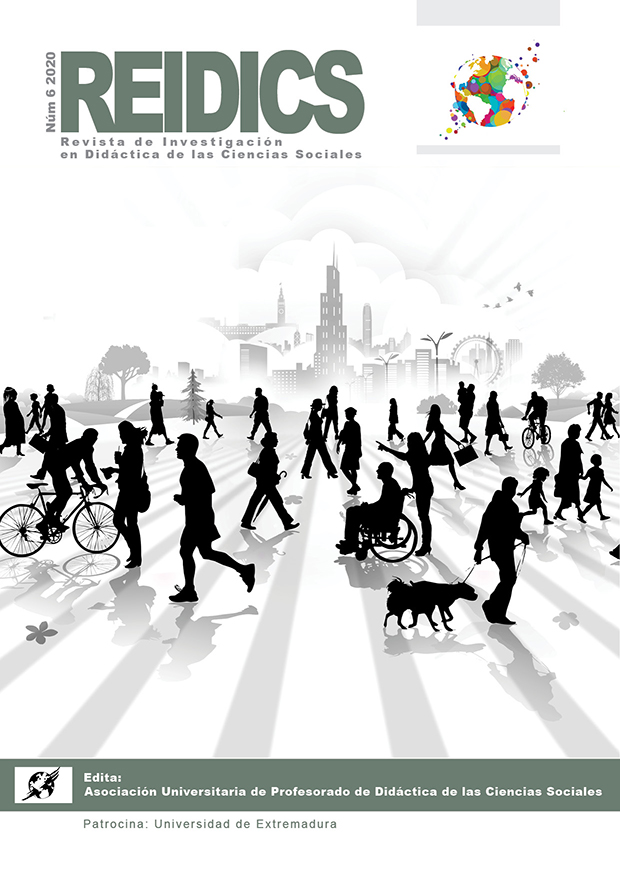Ethnic-racial relations in brazilian society: their implications for Education and Educational Legislation
DOI:
https://doi.org/10.17398/2531-0968.06.61Palavras-chave:
cultural diversity, multiracial society, education, educational legislation, inter-ethnic relationsResumo
The theme of cultural diversity has expanded and is the subject of research in various areas of knowledge around the world. The concern in investigating this theme occurred mainly from the immigration that began with the process of decolonization of Africa, Asia and America in the twentieth century. However, the discussion about Brazilian cultural diversity and its contribution to the formation of this society began in the nineteenth century. In the present article we will seek to analyze the educational legislations to understand what are the norms for the Brazilian Education about the ethnic-racial relations in the schools and what they recommend, drawing instead an analysis about the existing academic debates in Brazil about its cultural diversity. It is noteworthy that the article was prepared according to the Brazilian reality, that is, it is a view of Brazil. The research methodology began with the bibliographic survey and educational laws that deal with the theme of the historical and cultural contribution of the black population in Brazil. In the development of the research we seek to perform a content analysis between the context of Brazilian society and the formulation of laws in the field of education that emphasize the need to insert African and African-Brazilian history and cultures in education. It is understood that it is not enough to recognize that there is racial inequality in Brazil, it is necessary to look for joint and effective ways to combat it and Education has an important role.
Downloads
Publicado
Edição
Secção
Licença
Aquellos autores/as que tengan publicaciones con esta revista, aceptan los términos siguientes:
- Los autores/as conservarán sus derechos de autoría y garantizarán a la revista el derecho de primera publicación de su obra, el cual estará simultáneamente sujeto a la Licencia de reconocimiento de Creative Commons 4.0 BY-NC-SA que permite a terceros compartir la obra siempre que se indique su autor y su primera publicación en esta revista.
- Los autores/as podrán adoptar otros acuerdos de licencia no exclusiva de distribución de la versión de la obra publicada (p. ej.: depositarla en un archivo telemático institucional o publicarla en un volumen monográfico) siempre que se indique la publicación inicial en esta revista.
- Se permite y recomienda a los autores/as difundir su obra a través de Internet (p. ej.: en archivos telemáticos institucionales o en su página web) antes y durante el proceso de envío, lo cual puede producir intercambios interesantes y aumentar las citas de la obra publicada. (Véase El efecto del acceso abierto).
- Los autores y autoras han respetado la política de autoría de esta revista.







